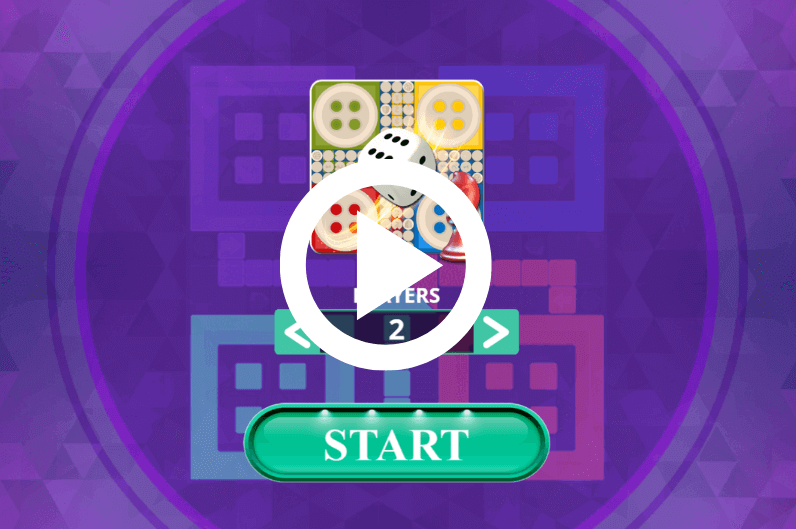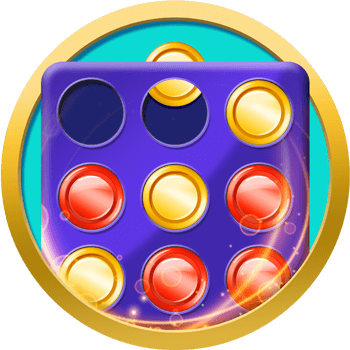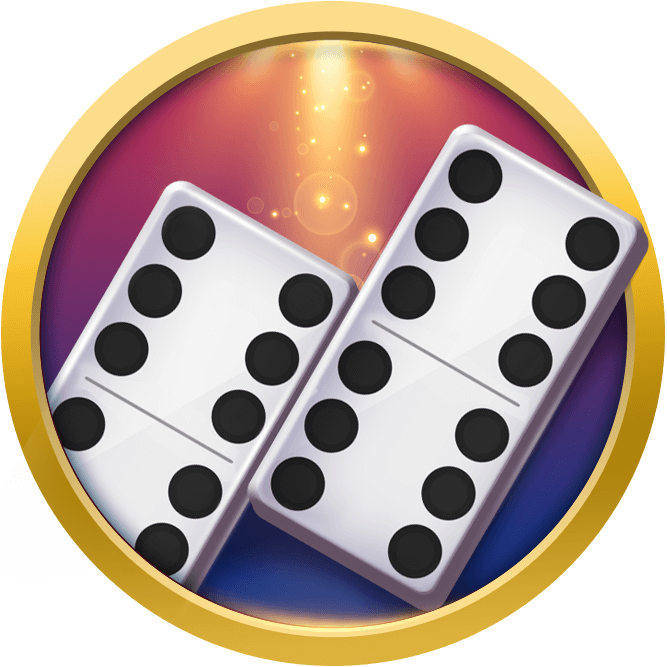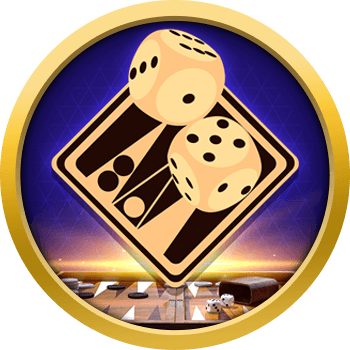Ludo Online Game
Home »
Ludo is probably one of the oldest board games with thousands of followers playing online or traditionally. Usually, you can play it with two or four players.
The game contains a board divided into four, and dice used by the players in their turn. Each player has 4 tokens colored in different ways for each player. The target of the game is to order first the checkers in the finish area.
At VIP Games, you can choose different options when playing Ludo online. Depending on the experience and the player’s choice:
- Start the game with real opponents online and select the number of chips.
- Custom games in the “play with friends” room.
- Practice Ludo for free with a computer (single-player game).
Game History and Popularity
Ludo is famous in:
- ?? Brazil
- ?? India
- ?? Venezuela
- ?? France
- ?? United States
- ?? Peru
- ?? United Kingdom
- ?? Canada
- ?? Pakistan
- ?? UAE
The actual board game Ludo comes from the Indian game Pachisi, also known as “chaupar”, and “chausar” (see Penn Museum information). The description of this ancient game dates from the 16th century. According to Wikipedia Pachisi was created in the 6th century.
It was officially licensed and released under the name “Ludo” in England in 1896. A couple of its more popular variations include Sorry! and Trouble.
Ludo is popular all over the world, especially in Europe. Some of the names in different countries include “Mensch Ärgere dich nicht” in Germany, “Mens-erger-je-niet in the Netherlands”, “Parchis” in Spain, “Le Jeu de Dada or Petits Chevaux” in France, “Non t’arrabbiare” in Italy, “Fia med knuff in Sweden”, and “Parqués” in Colombia.
Ludo Rules
Ludo is for everyone, age is irrelevant. The rules are not complicated, which makes the game enjoyable. Anyway, pay attention when play, as one removed token can turn the tides of the game and heat emotions!
Game Goal
Be the first player to have all four of your color pieces in the “Finish” area of the board.
Playing
The Ludo board is divided into 4 squares colored usually in yellow, green, red, and blue. Each player is assigned a color and has four tokens in the same color. The board is square with a cross-shaped play space, with each arm of the cross having three columns of squares, usually six per column.
The middle columns usually have five squares colored; these represent a player’s home column. A sixth colored square not on the home column is a player’s starting square. At the center of the board is a large finishing square, often composed of colored triangles where the players have to collect all 4 tokens to finish.
The game starts when a player rolls the number 6 on the die. If the player has no tokens in play and rolls other than a 6, the turn passes to the next player. Once a player has one or more active tokens, they select a token and moves it forwards. The move is according to the number of squares indicated by the die.
Players must always move a token according to the die value rolled. Passes are not allowed. If no move is possible, the turn moves to the next player. Also, if a player rolls a “6” three times in a row, they miss their next turn.
Movement
Ludo board game allows each token to be moved 1 to 6 positions clockwise, according to the rolled number. Whenever a player lands on an opponent’s token, the opponent’s token gets sent back to their base. The exception to this rule is when a player lands on a special spot with a shield symbol and his token is considered “safe”.
Also, in our version of Ludo online, if a player happens to land on a spot with a die symbol, they earn an extra roll of the die.
Details about different actual and antique Ludo games and rules.
How to become the best Ludo Player
- Opening moves. Focus on getting the tokens out of the starting area as quickly as possible. A good Ludo player would prioritize getting one or two tokens out of the starting area to increase their mobility on the board. This gives more options in subsequent turns.
- Token distribution. Spread the tokens out across the board instead of clumping them together. Having tokens in different positions increases the chances of landing on opponents’ tokens and sending them back to the starting area.
- Safety zones. Once the tokens are on the board, the Ludo player should aim to reach the safety zones as soon as possible. These are the final stretches before the tokens can reach the finish line.
- Blocking opponents. Block the opponents’ tokens whenever possible. This can involve positioning the tokens strategically to create barriers or targeting tokens that are close to entering their safety zones. However, Ludo players shouldn’t become too fixated on blocking, as it can sometimes divert the focus from their own progress.
- Dice roll strategy. If there are multiple options, it’s wiser to consider the trade-offs between moving a token forward or capturing an opponent’s token. Sometimes, it’s better to prioritize safety over aggression, especially when the tokens are vulnerable.
Useful information
After log in or register you can choose the following options (from the left menu of the platform):
- Check the weekly chart of Ludo
- Find friend or adversary by username
- Take your daily bonus
- Adjust country, sound, language, and game quality
- Get help
- Read about Ludo rules
More options:
- Personalize your profile
- Upload pictures and check the images of other players
- VIP status with additional privileges
- Chat with other users
- Make presents to any player
Read more about board games online.








